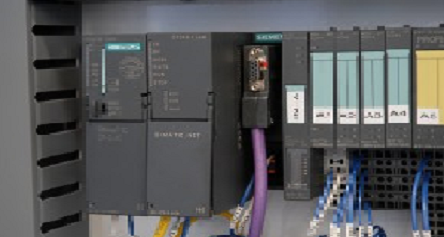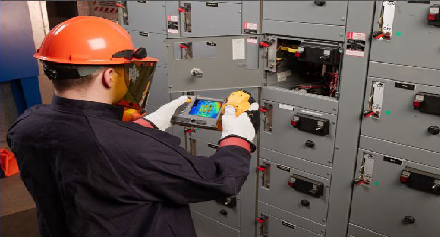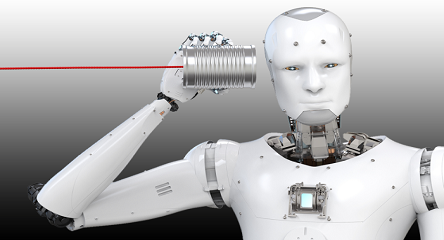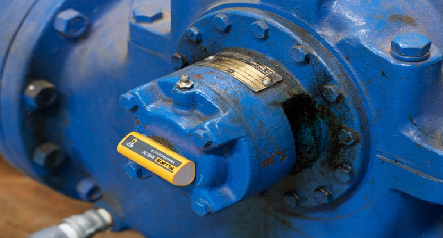Q1: What is the best way to determine which assets should be covered in a condition monitoring program?
A1: The asset criticality ranking provides a ranked list of your physical assets ordered by the risk they pose to your organization. You must focus your attention on the assets that pose the greatest risk.
Q2: Why is it desirable to develop a “bad actor list” to help prioritize work performed in a reliability improvement and condition monitoring program?
A2: While the asset criticality ranking enables prioritization based on perceived risk, the bad actor list provides a direct indication of the assets that have generated most downtime (other measures can be captured as well) in recent times. If we address the bad actors, we should reduce downtime.
Q3: Which technique is used to develop a “bad actor list”: Weibull analysis, RCM, FMEA, or Pareto analysis
A3: Pareto analysis is used to determine which assets consume most of your resources (although it can be used to determine other important information)
Q4: What is the best way to ensure the longevity of your condition monitoring program?
A4: In order to keep the program running it is essential that you have the support of senior management and the best way to do that is to continually document the economic benefits of the program and therefore ensure that they understand the value and importance of the program.
Q5: What is the difference between predictive maintenance and condition-based maintenance?
A5: Predictive maintenance utilizes machine learning to predict when equipment might fail. Condition-based maintenance is a strategy that uses any form of condition monitoring (not necessarily involving machine learning) to determine when equipment might fail so that maintenance can be scheduled.
Q6: Are predictive maintenance and prescriptive maintenance different?
A6: Yes. Predictive maintenance focuses on determining when corrective maintenance is required so that maintenance planners can begin making preparations for the corrective maintenance if they decide that maintenance is required. Prescriptive maintenance automates that step. It will generate a work request, or even a work order, so that the work will be performed at a given time.
Q7: Is artificial intelligence (AI) a subset of machine learning, or the other way around?
A7: Machine learning is a subset of AI. There are numerous ways to implement artificial intelligence and machine learning is just one of them – it is very powerful, and commonly used, but other options include machine vision systems, Natural Language Processing (NLP), robotics, and other techniques.
Q8: What is the difference between machine learning and an expert system?
A8: An expert system is a rigid set of rules that capture knowledge effectively in an “if this then that” format. One or more subject matter experts specifically design each and every rule. Machine learning is far more flexible and learns in a very different way. There are many forms of machine learning, but machine learning can “learn” by example and develop its own set of rules covering a broad set of situations.
Q9: What is arguably the greatest challenge when implementing a machine learning-based condition monitoring system?
A9: There are many challenges including the cost of installing sensors, the instrumentation and communications system, dealing with the threat of cyber security, and the cost of the software and implementation, but typically the biggest challenge is performing the necessary work so that the machine learning system can effectively detect and diagnose the vast majority of possible fault conditions.






